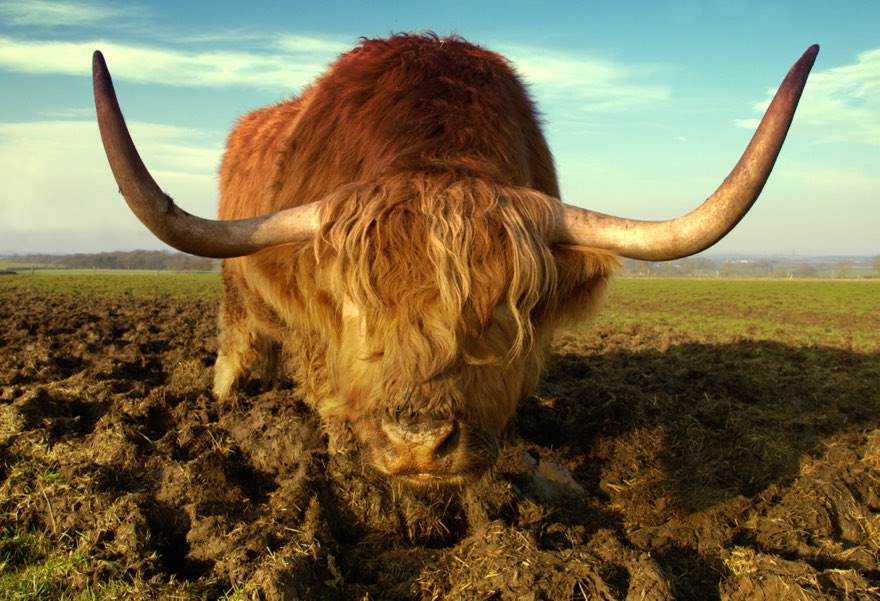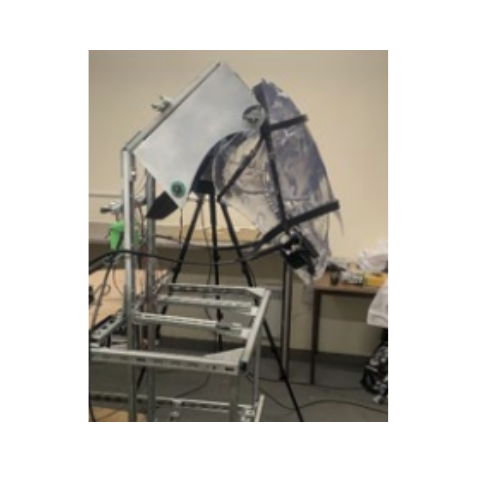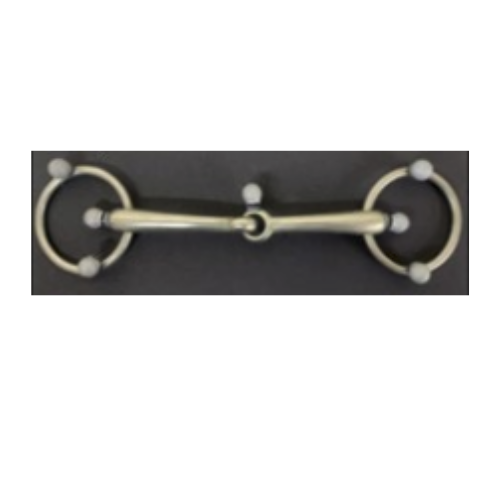Kinematic action under applied rein tension of the loose ring single-jointed snaffle bit

Kinematic action under applied rein tension of the loose ring single-jointed snaffle bit
This study was shortlisted for the 2024 Thesis of the Year Award and completed by Karl Schmidtke from Duchy College.
Summarised by: Georgina Smith, University of Leeds
Take away message:
The loose ring single-jointed snaffle bit does not elicit pressure on the hard palette (colloquially termed the “nutcracker effect”). Lorinery science (bits and bitting) would benefit from further engagement from both academics and lay equestrians.
Introduction and aims
The equine ‘bit’ is an established and historical method of communicating for the rider. The rider may use their upper body and hands to create pressure through the reins which directly attach to the rings of the bit, subsequently putting pressure on the bars of the mouth, tongue, lips, corners, poll and/or chin depending on the style of bit used. Bit design has changed minimally over the centuries of equine domestication and plays a large part in performance and welfare. A very common choice is the loose ring single-jointed snaffle bit, promoted as being one of the mildest bits regarding pressure exertion, however anecdotal evidence warns of a harmful “nutcracker effect” when using single-jointed bits. This is due to a triangular shape being created within the mouth when rein pressure is applied which compresses the tongue and can force the joint of the bit into the hard palette causing discomfort.
The aim of this study was to investigate the kinematic action of the single-jointed loose ring snaffle under applied rein tension.
Methods
(a) (b)


To mitigate ethical concerns, a horse head model was used to conduct this study. The model was 3D printed with a transparent resin and hung from a metal frame to mimic the orientation of a horse’s neck (see Figure 1).
